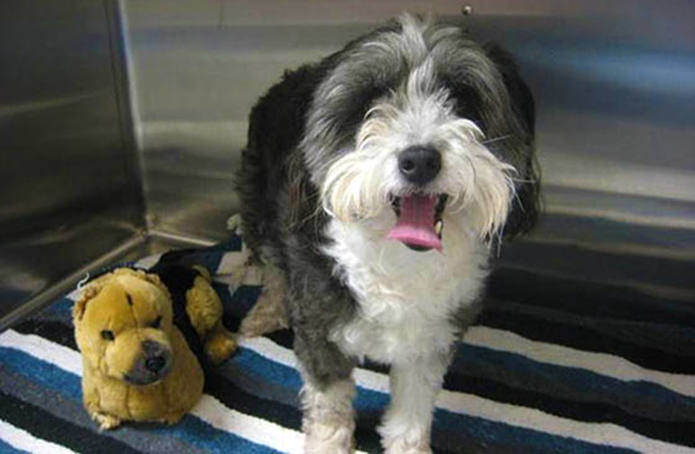It is often in the small things we find the most heartwarming joy, not in what we experience ourselves but in another, even if that other happens to be man’s best friend. Before delving into the particulars, it is important to reflect on the newfound stories of collaboration between medicine and 3D printing technology that has apparently become commonplace. Every narrative occurs as a result of vision and adoption of 3D printing in a manner that is at once so intricate and simple by design. Oreo, a six year old canine resident of Canada can now romp and run courtesy of a new patella courtesy of the Orthopaedic Innovation Centre in Winnipeg.
Due to a dislocated left hind patella, Oreo had his patella surgically removed to alleviate the pain, but it came at a cost. The mixed-breed pup suffered a lingering limp preventing him from running and playing. His veterinarian reached out to the OIC and found the answer with 3D printing with its quick production and accurate design capabilities.
“In Oreo’s case, we were able to produce a custom-tailored implant in only four days including design, analysis, physical testing and manufacturing,” said Martin Petrak, president of OIC. “As we move down the learning curve, it will probably be possible to produce similar implants in only a day or two.”
By meticulous effort, a scan and design were scaled and molded to Oreo’s specific needs. Using a donated patella, a biomedical engineer converted a file from a scaled digitized copy into a CAD model. With X-rays of Oreo’s other patella, it was possible to modify the CAD design to match his femur.
Using a Fortus 4oomc 3D Production System from Stratasys and PC-ISO bio-compatible polycarbonate (ISO 10993 USP Class VI), OIC printed the artificial patella. After rigorous testing, the implant was sterilized and attached to the tendon and quadriceps using polypropylene sutures.
This occurred thanks to 3D printing, so it has been a resounding success. Oreo is now playing with reckless abandon and bringing delight to his play pals. Petrak attributes the success to the nature of FDM 3D printing. “FDM is an ideal 3D printing technology for implant manufacturing because it is capable of producing strong, durable, biocompatible parts with the right physical properties. With FDM, we can tailor the implant to perfectly match the recipient’s anatomy which has the potential to provide dramatic improvements in functionality and recovery time.”




